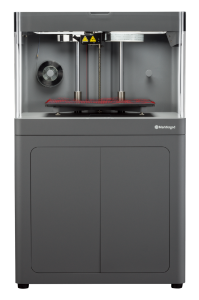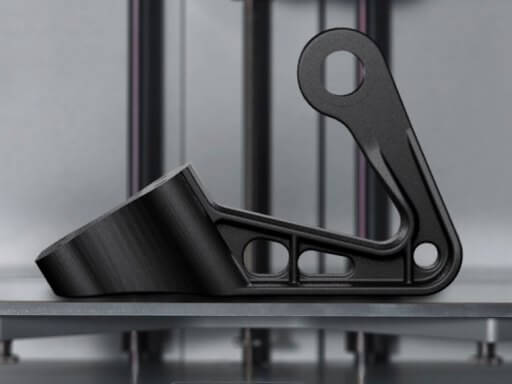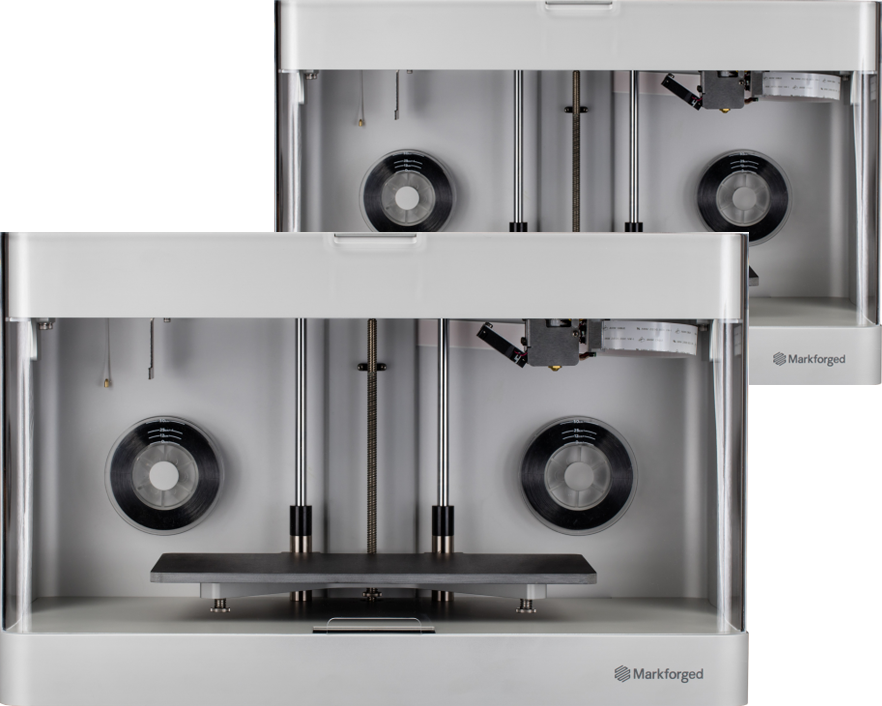On Friday, May 6, 2022, President Biden announced the launch of a new program called “Additive Manufacturing Forward” (AM Forward).
This federal initiative aims to use today’s 3D printing technologies to improve supply chain resilience for American manufacturers. By accelerating adoption of additive manufacturing (AM) across small and medium-sized companies, each of these AM-powered manufacturers will in turn contribute to building resilient supply chains for the U.S.-based domestic manufacturing ecosystem, while also using 3D printing to improve their industrial competitiveness.
This article provides an in-depth breakdown of the 2022 Additive Manufacturing Forward program — explaining the details of the initiative, why it was launched, what it seeks to accomplish, who is involved, what AM is (and its benefits over traditional manufacturing), and a list of related federal programs that support U.S. SME manufacturers adopt additive.
What is Additive Manufacturing?
Additive manufacturing (AM), referred to more colloquially as 3D printing, is a suite of technologies that build 3D-printed objects layer-by-layer. Using slicer software and 3D printer machines, additive manufacturing allows digital inputs (typically in the form of CAD files) to be converted into physical 3D objects, such as industrial parts.
Additive manufacturing technology is a methodical contrast to subtractive manufacturing, the latter of which produces the final result through the reduction of material, such as cutting away sections of an alloy to make a bolt or hinge.
3D printing can be employed to replace traditional manufacturing methods, or augment them with the following benefits:
- Manufacture parts one at a time, as needed
- Manufacture parts with complex geometries that can’t be made through traditional manufacturing methods
- Reduce the number of parts needed for an application
- Bring down the cost per unit of low-volume parts
- Reduce lead times for parts, by printing them on-demand at the precise point of need
- Circumvent logistical complications of shipping parts between locations
With advances in the capabilities of today’s additive manufacturing technologies, its benefits can extend to a diverse range of industries and uses. Plastics and metals alike can be 3D printed, embraced even by manufacturers in specialized, highly-regulated industries such as the aerospace sector.
Additive manufacturing is a technology native to Industry 4.0, which refers to the broader digitization of manufacturing with rapidly-growing technologies such as cloud connectivity, big data, smart sensors, artificial intelligence (AI), and advanced automation.

What is Additive Manufacturing Forward?
AM Forward is a federal program that was launched on May 6, 2022. As described by an official statement from the White House, AM Forward is “a voluntary compact between large, iconic manufacturers and their smaller U.S.-based suppliers.”
Currently, the program has five large manufacturers as its initial participants. Each of these large manufacturers will provide support for their smaller, domestically-based suppliers in the U.S., assisting in their adoption of additive manufacturing.
This will be achieved through each of the five participating large manufacturers publicly committing to the following:
- Purchasing parts made with additive manufacturing from their smaller, domestic suppliers
- Providing additive manufacturing training for the employees of their smaller, domestic suppliers
- Providing technical assistance to support the additive manufacturing adoption of their suppliers
- Contribute to the development of common standards and certification for additive manufacturing technologies and products
Why was AM Forward launched?
The AM Forward program was launched to help build domestic supply chain resilience, while improving industrial competitiveness of small to medium-sized U.S.-based manufacturers. By building more resilient supply chains domestically and reducing reliance on international suppliers, the cost of goods manufactured will drop: this in turn will combat inflation rates.
The White House identified additive manufacturing as an instrumental technology to achieve this. Increased adoption of AM amongst small to mid-sized suppliers in the U.S. would build far more resilient supply chains for the domestic manufacturing ecosystem, while fostering innovation.
Therefore, AM Forward seeks to eliminate barriers to AM adoption for these suppliers. Amongst small to medium-sized suppliers in the U.S., main barriers to adoption include:
- uncertainty about demand of additively manufactured parts
- lack of resources to programmatically implement additive manufacturing at a meaningful scale
The AM Forward program, through the commitments of the five large manufacturers, addresses these barriers by providing assurance of demand along with technical assistance for implementing and scaling additive manufacturing operations.
What is the purpose of AM Forward?
AM Forward seeks to bring cutting-edge additive manufacturing capabilities to the partnering supplier businesses. This boosts the industrial competitiveness for them and the large manufacturers alike: a consistent inward flow of AM-produced parts from external suppliers will help the large manufacturers qualify and implement more AM-produced parts in the designs of their own projects.
Key goals outlined in the White House’s announcement of Additive Manufacturing Forward include:
- Building more innovative and resilient supply chains for domestic U.S. manufacturers, by investing in bringing additive capabilities to small and medium-sized companies
- Reducing barriers to adoption for innovative technologies like additive manufacturing, while fostering growth of Industry 4.0 and advanced manufacturing technologies
- Having more items both invented and manufactured within America, by investing in adoption of 3D printing technologies in regional manufacturing ecosystem






